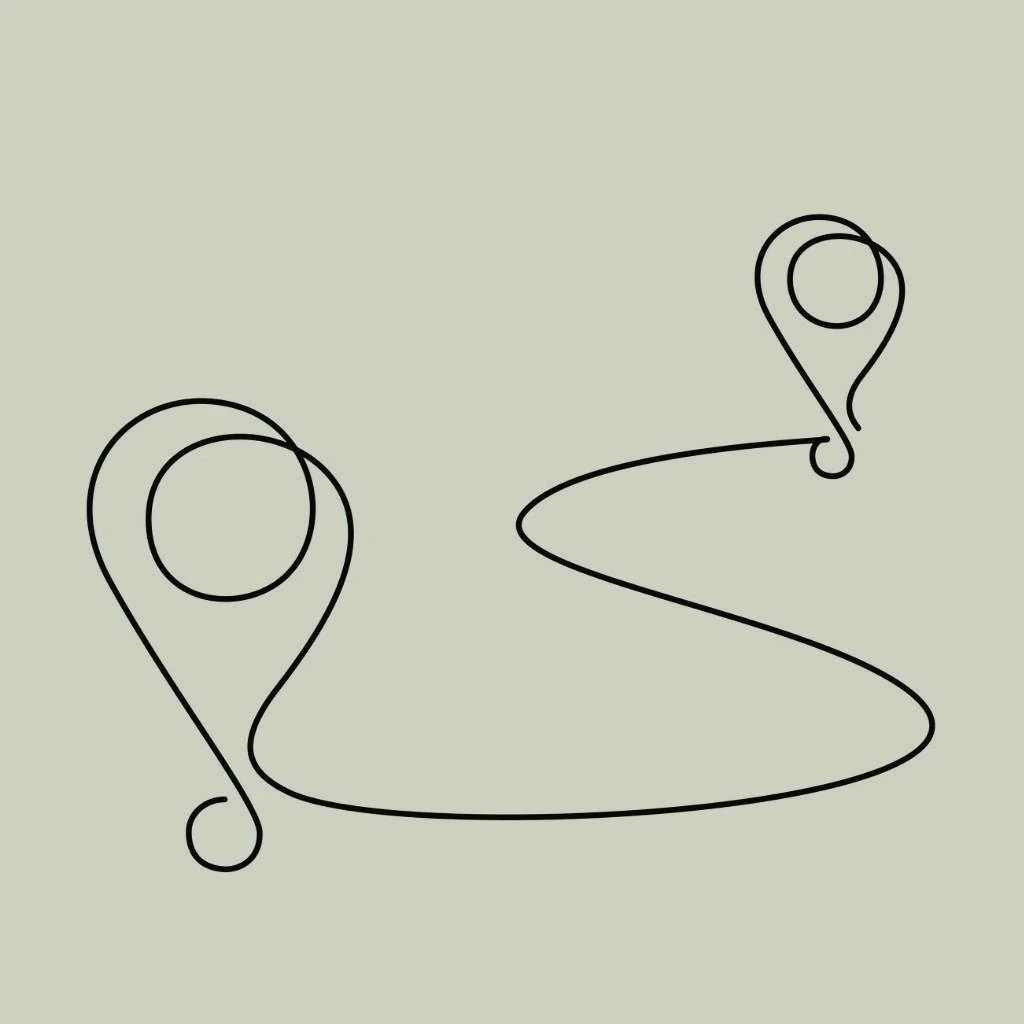
RESILIENCE
Intention. Awareness. Practice.
We all encounter adversity in life. And the human body is built to heal and connect. Resilience is the result of going through adversity, connecting, recovering and bouncing back. It encompasses a set of skills that are simple to name, but not simple in practice. What it takes is intention, self awareness, and the courage to take action, fail, and try again and again (and again) when facing the inevitable setbacks toward learning and progress.
All of these skills can be developed through practice.
Set your intention
Without knowing where you want to go, how will you get there? Often we use our motivation as a gauge for decision-making, but motivation tends to wax and wane. Setting your intentions and making a commitment to live a life based on your core values leads to committed actions grounded in what matters most to you.
Lean into awareness
Self awareness is the keystone to any meaningful change. Bringing our thoughts and feelings to consciousness allows us to learn from them rather than be driven by them. Thus, instead of turning away from difficult emotions, we need to lean in… into the discomfort, into the good and the messy feelings, into what makes us feel vulnerable to open up opportunities for connection with ourselves and others. Leaning in allows you to attune to your body’s signals and the information necessary for decision-making and meaningful change.
Regulate, process and integrate
Unresolved adverse experiences inevitably seep into the present through habitual thoughts, memories, emotions and behaviors and may hinder life in various ways. If we have not grown up learning how to regulate our emotions, this will be an essential part of our development whether in or out of therapy.
What does regulating, processing and integrating look like? We lean in to become aware of our emotions, sensations and thoughts, without judgment when possible. We breathe, visualize and/or move to shift our body into a sense of safety in order to give space to process - work through and digest what needed our attention. We write, draw, visualize or move our life stories into a cohesive whole over time, integrating our disparate parts in a way that is both real and nourishing. With every positive experience, we tap into our lifelong capacity for neuroplasticity as we rewire our neural pathways to internalize our strengths and integrate into a whole, resilient self in connection with our community and the world around us.
Cultivate healthy relationships
We are hardwired for connection and relationships. The people in our ecosystem set the stage from which we grow. The consequences of healthy or unhealthy relationships shape our brain architecture, how we cope with stress, the way we navigate the world around us, and has lasting effects.
Practice, practice and more practice
Possessing knowledge is the first step. Each and every time we practice these skills we are building resilience. The more we fail, learn and recover, the more resilient we become. Putting our knowledge into practice, again and again and again, is resilience in action.
Practice between Sessions
Want to DIY to develop your emotional and social literacy skills? Dive a bit deeper into the wealth of information and resources from subject matter experts to gain a better understanding of yourself and facilitate your resilience practice.
Try something of Interest

